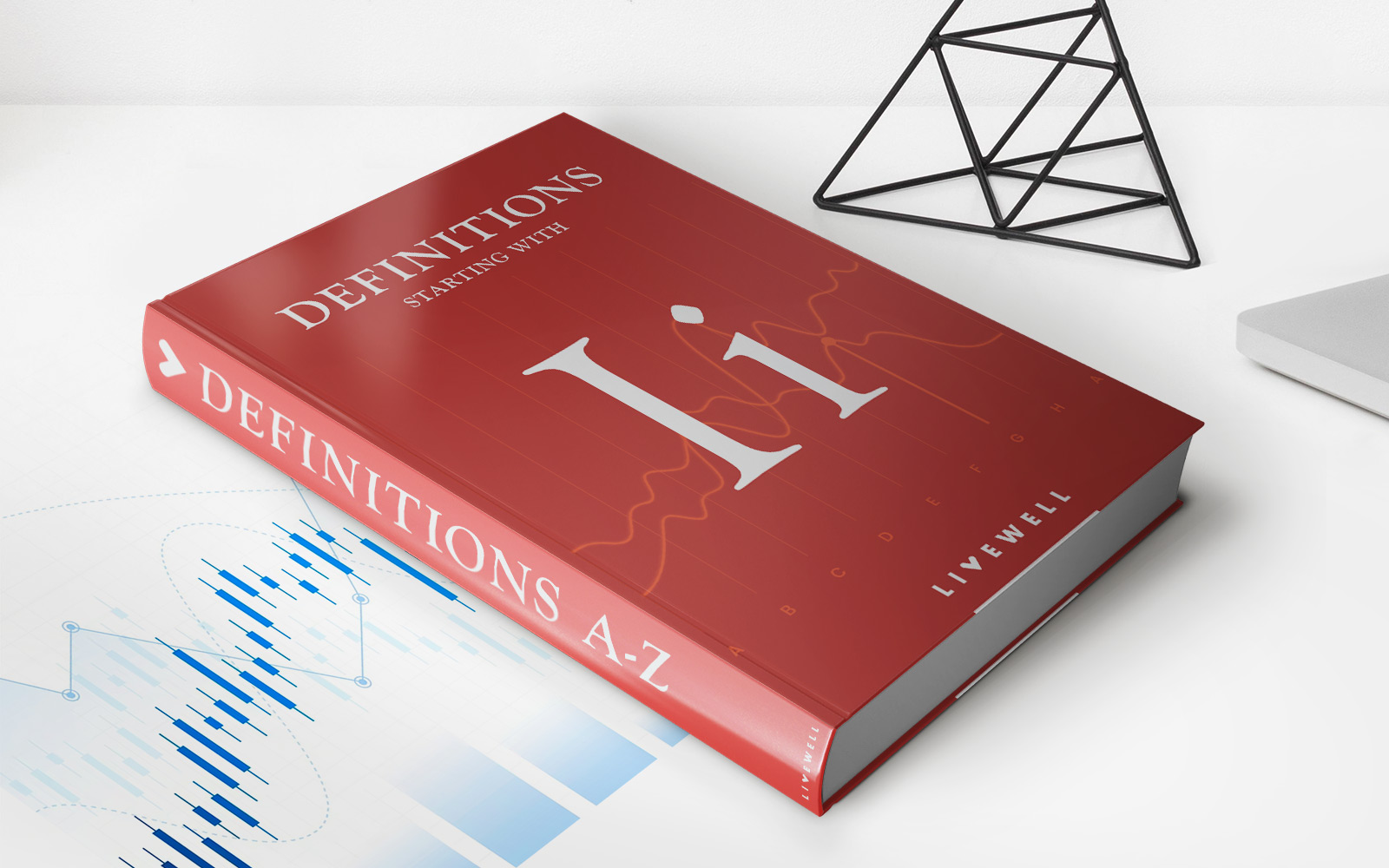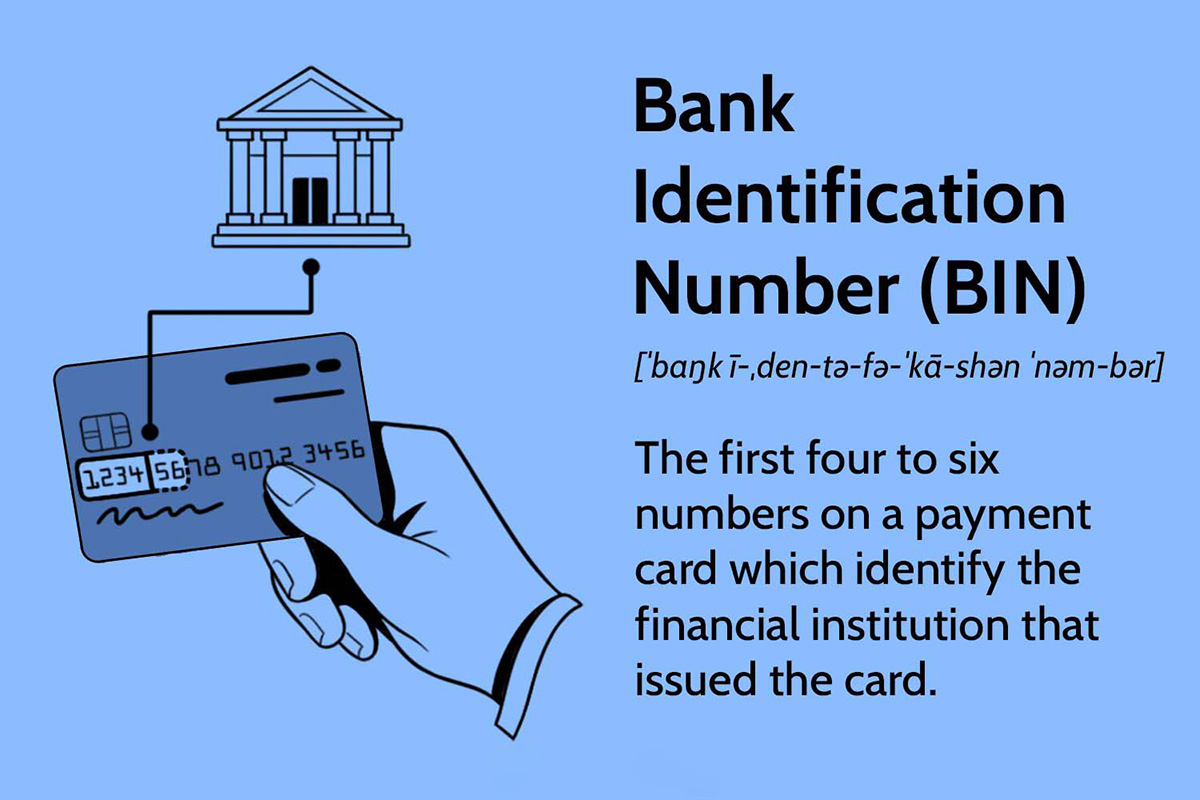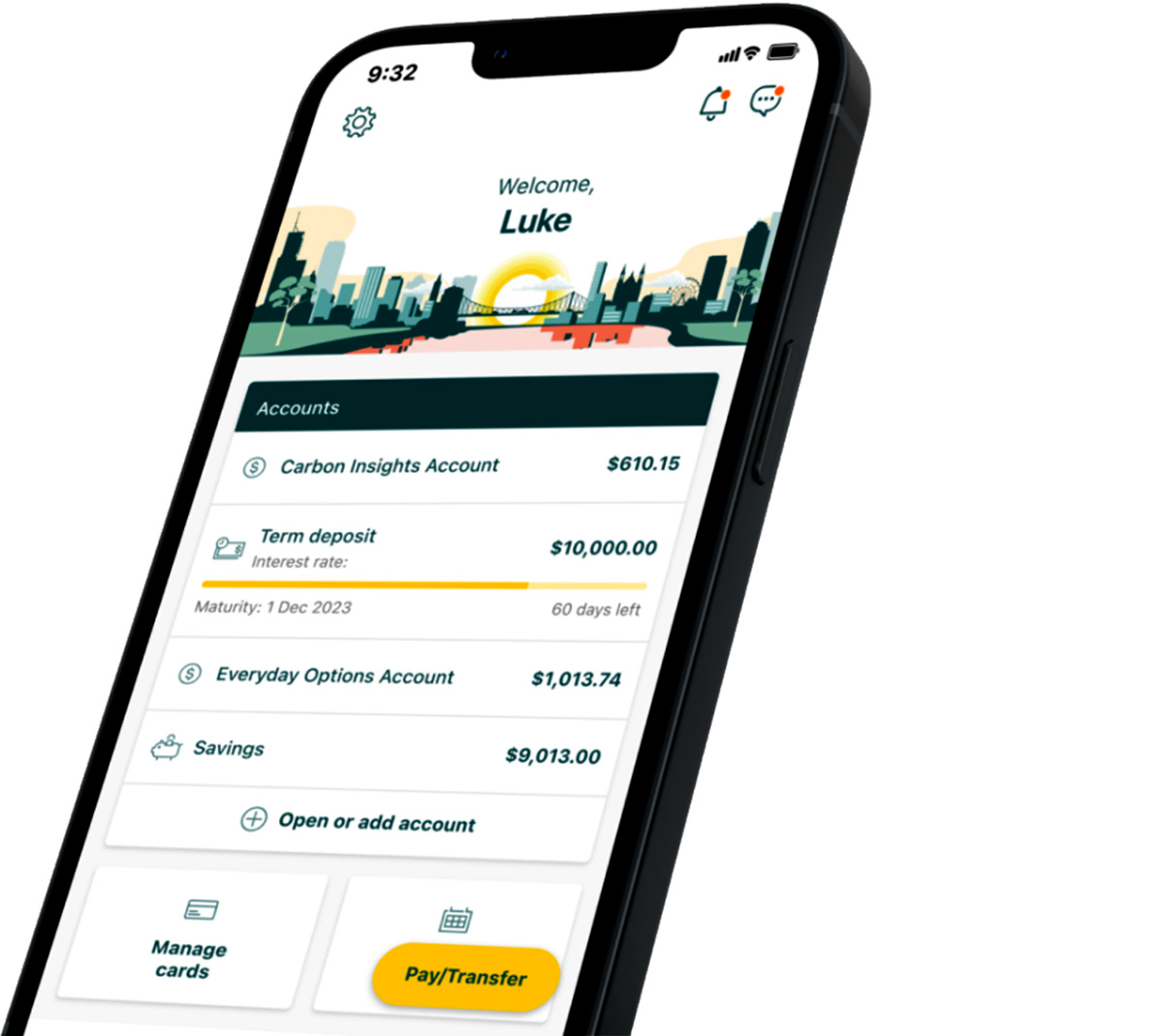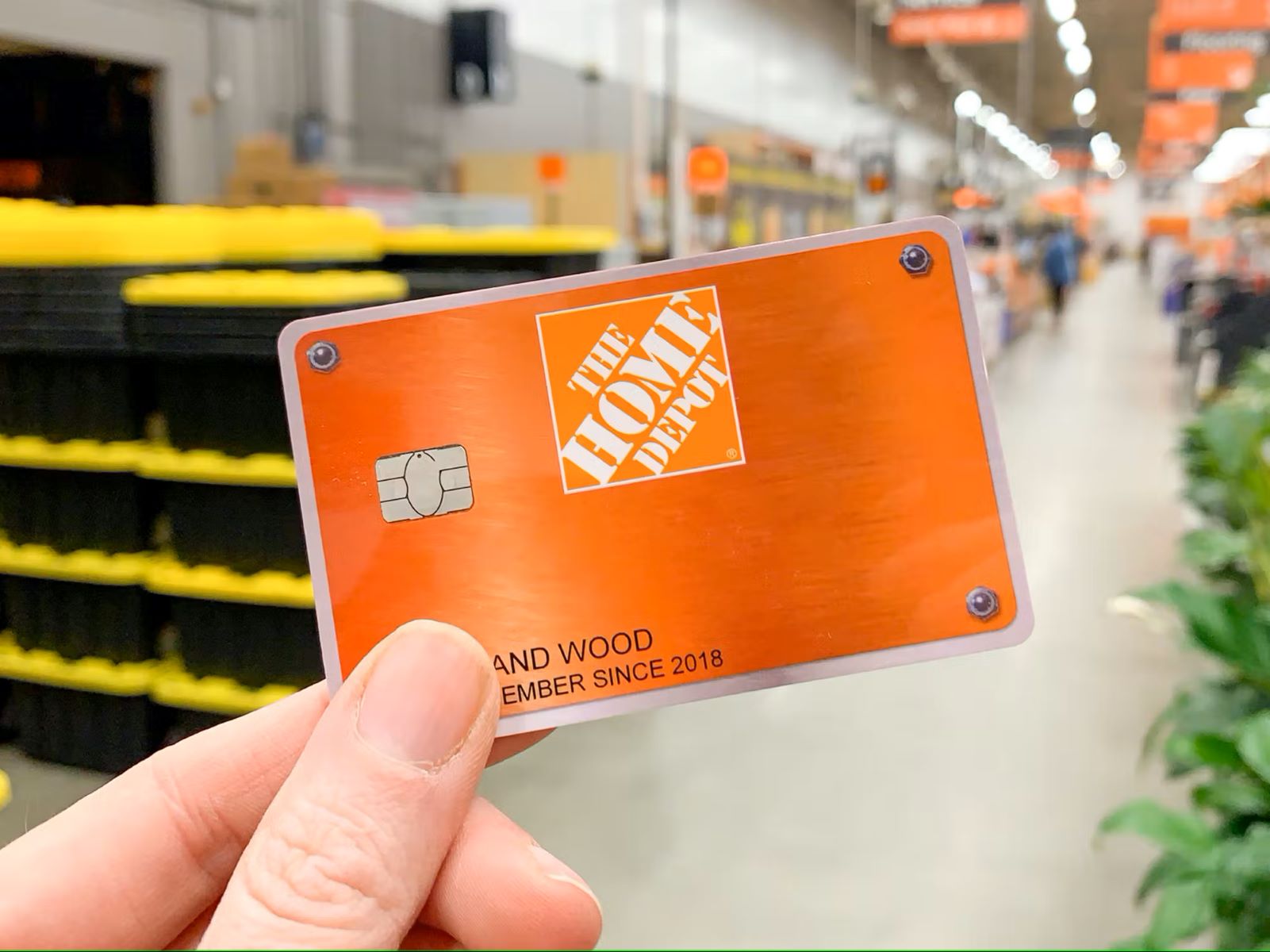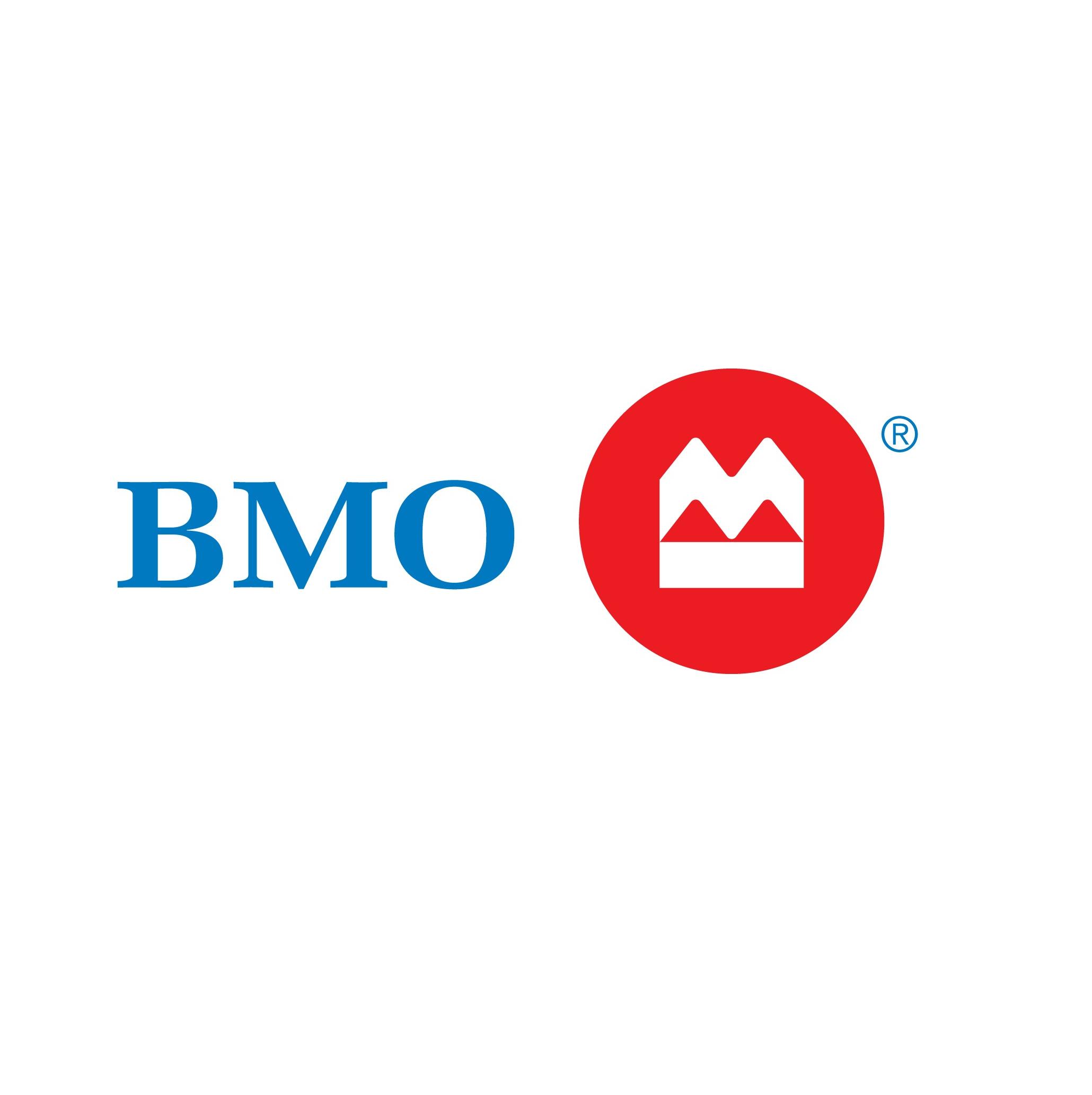Home>Finance>What Is Plan ID On Insurance Card Unitedhealthcare
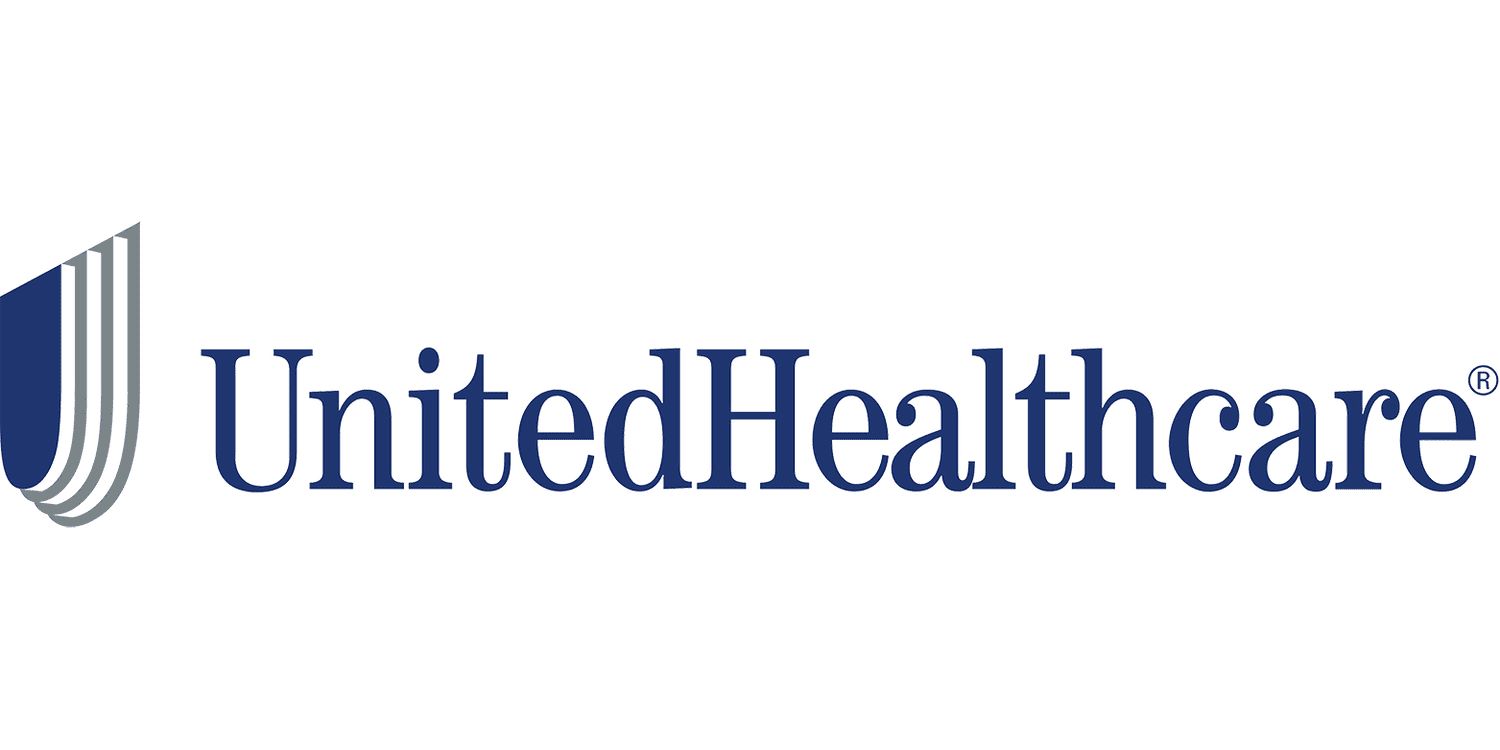

Finance
What Is Plan ID On Insurance Card Unitedhealthcare
Published: November 13, 2023
Learn what a Plan ID is on your UnitedHealthcare insurance card and why it is important for managing your finances. Explore this helpful guide today!
(Many of the links in this article redirect to a specific reviewed product. Your purchase of these products through affiliate links helps to generate commission for LiveWell, at no extra cost. Learn more)
Table of Contents
Introduction
Insurance cards are an essential part of our healthcare system. They contain crucial information that allows medical providers to bill insurance companies correctly and provide the right level of care to patients. Understanding the various details on an insurance card can be confusing, especially if you’re not familiar with the terminology. One common component found on insurance cards is the Plan ID.
In this article, we will delve into the concept of Plan ID on an insurance card, particularly on UnitedHealthcare insurance cards. We will explain what it is, why it is important, and where to find it on your insurance card. By understanding the significance of Plan ID, you can navigate your healthcare services more effectively and ensure that your insurance benefits are utilized to their fullest extent.
Whether you are a policyholder, a medical provider, or simply curious about the intricacies of insurance cards, this article will provide you with valuable insights into the Plan ID feature. Let’s dive in and explore the world of Plan ID on insurance cards.
Understanding Insurance Cards
Insurance cards serve as a tangible proof of your health insurance coverage. When you receive your insurance card, it is important to review it carefully and understand the information it provides. Insurance cards typically include details such as your name, policy number, group number, and the name of your insurance provider.
These cards are important not only for the policyholder but also for the medical providers who need to verify your insurance coverage and process claims correctly. Insurance cards also contain vital information that may be needed in emergency situations, such as contact numbers for the insurance company and any emergency assistance services.
It is essential to carry your insurance card with you at all times, as you may need it when you visit healthcare providers, hospitals, or pharmacies. Your insurance card acts as a reference for them to bill your insurance company directly and determine the level of coverage you have for specific services.
Insurance cards can vary in format and design depending on the insurance provider. They may be made of plastic or paper, and some may have additional security features, such as holograms or watermarking, to prevent fraud.
Understanding the different components on your insurance card will help you navigate the healthcare system more effectively. One of those components is the Plan ID, which we will explore in more detail in the next section.
What is Plan ID on an Insurance Card?
The Plan ID, also known as the Plan Identifier or Group Number, is a unique alphanumeric code that identifies the specific health insurance plan you are enrolled in. It serves as a key identifier for your insurance company and helps both healthcare providers and insurers determine the details of your coverage.
The Plan ID can vary in length and format, depending on the insurance company and the specific plan you have. It may consist of numbers, letters, or a combination of both. This code is typically assigned by the insurance company and is specific to your plan, allowing healthcare providers to verify your coverage and submit claims correctly.
Having the correct Plan ID is crucial for medical providers to bill your insurance company accurately. It helps them ensure that the services you receive are covered by your plan and that there are no unnecessary delays or denials in claims processing. It is important to provide your Plan ID whenever you seek medical services or fill prescriptions to ensure that the billing process goes smoothly.
The Plan ID is also used by insurance companies to track the healthcare services you receive, monitor your utilization, and determine your out-of-pocket expenses. It is an essential component for both providers and insurers to coordinate and manage your healthcare benefits effectively.
Additionally, the Plan ID can be used for administrative purposes, such as identifying the specific network or group that your plan belongs to. This information helps both you and your healthcare providers understand the network coverage and any referrals or authorizations that may be required for certain services.
Overall, the Plan ID is a crucial piece of information on your insurance card that identifies your specific health insurance plan. It plays a crucial role in ensuring accurate billing and accessing the benefits and services you are entitled to under your plan.
Importance of Plan ID
The Plan ID on an insurance card holds significant importance in the healthcare system. Here are some key reasons why the Plan ID is crucial:
1. Accurate Billing: The Plan ID allows healthcare providers to correctly identify and bill your insurance company. By providing the accurate Plan ID, you help ensure that your claims are processed smoothly and that you receive the maximum coverage allowed under your specific health insurance plan.
2. Verification of Coverage: The Plan ID serves as a verification tool for healthcare providers. It helps them confirm that you have active insurance coverage and that the services they provide are covered under your plan. This information is crucial for both the provider and the patient to avoid unexpected out-of-pocket expenses.
3. Coordination of Benefits: In cases where you have multiple insurance coverage, such as through a spouse or employer, the Plan ID helps insurers coordinate benefits. This ensures that claims are correctly processed by the primary insurance provider and any remaining balance is submitted to the secondary insurer, if applicable.
4. Network Identification: The Plan ID often carries information about the specific network or group that your health insurance plan belongs to. This allows providers to determine if they are in-network or out-of-network for your plan, which may impact coverage levels and potential out-of-pocket costs.
5. Authorization and Referral Requirements: Some health insurance plans require prior authorization or referrals for certain services. The Plan ID helps providers identify the specific plan requirements, ensuring that necessary steps are taken to obtain approval before receiving services that may not be covered without authorization.
6. Understanding Plan Benefits: The Plan ID can provide insight into the benefits and coverage details of your health insurance plan. It allows you to access plan-specific information, such as co-pays, deductibles, and coinsurance, enabling you to make informed decisions about your healthcare services and understand your financial responsibilities.
By understanding the importance of the Plan ID on your insurance card, you can ensure that you provide accurate information to healthcare providers and maximize the benefits available under your health insurance plan. It is crucial to keep your insurance card updated and readily available, as it serves as a key tool in navigating the healthcare system and accessing the care you need.
Finding the Plan ID on a UnitedHealthcare Insurance Card
If you have a health insurance plan with UnitedHealthcare, the Plan ID can typically be found on your insurance card. Here are the steps to locate the Plan ID on a UnitedHealthcare insurance card:
1. Check the front of your card: On the front side of your UnitedHealthcare insurance card, look for a section labeled “Plan ID” or “ID.” This section may also be titled “Member ID” or “Policy ID” but refers to the same information. The Plan ID is usually a combination of letters and numbers, unique to your specific plan.
2. Review the back of your card: Some UnitedHealthcare insurance cards provide additional information on the back. Check if there is any mention of the Plan ID or a section that lists important details related to your coverage. Look for any labels or headings that indicate the Plan ID.
3. Contact UnitedHealthcare: If you have difficulty locating the Plan ID on your insurance card, reach out to UnitedHealthcare directly. Their customer service representatives can assist you in finding the correct information. You can find the contact details on the back of your insurance card or on the UnitedHealthcare website.
Remember to keep your UnitedHealthcare insurance card in a safe place and carry it with you whenever you visit healthcare providers or seek medical services. Having the Plan ID readily available ensures a seamless billing process and allows providers to verify your coverage accurately.
It’s important to note that the format and placement of the Plan ID may vary depending on the specific UnitedHealthcare insurance plan. If you have multiple insurance cards (for family members, for example), each individual may have their own unique Plan ID. Ensure that you are referencing the correct card and corresponding Plan ID for each member covered under your UnitedHealthcare insurance plan.
By familiarizing yourself with the location of the Plan ID on your UnitedHealthcare insurance card, you can readily provide the necessary information whenever needed, allowing for smoother communications between healthcare providers and insurers.
Common Questions about Plan ID on Insurance Cards
Understanding the Plan ID on your insurance card can raise questions. Here are some common questions and answers regarding the Plan ID:
1. What if I Can’t Find the Plan ID on My Insurance Card?
If you are unable to locate the Plan ID on your insurance card, reach out to your insurance provider’s customer service. They will provide you with the necessary information and guide you through the process. It’s important to have the correct Plan ID for the billing and processing of your insurance claims.
2. Can the Plan ID Change?
The Plan ID typically remains the same throughout the duration of your enrollment in a particular insurance plan. However, in some cases, the Plan ID may change due to plan updates or if you switch to a different plan within the same insurance company. It’s always a good idea to update your healthcare providers with any changes to your insurance plan.
3. Is the Plan ID the Same as the Member ID?
No, the Plan ID and Member ID are two different pieces of information on an insurance card. The Plan ID identifies the specific health insurance plan, while the Member ID identifies the individual covered under the plan. Both IDs are important for proper billing and communication between providers and insurance companies.
4. Can I Use the Plan ID to Access My Insurance Benefits Online?
Yes, many insurance providers, including UnitedHealthcare, offer online portals or mobile applications where you can access your insurance benefits, claims, and other important information. To set up an online account, you will typically need to provide your Plan ID, Member ID, and other relevant details.
5. Can I Use the Plan ID to Determine What Services are Covered?
While the Plan ID itself may not provide detailed information about specific coverage, it helps healthcare providers and insurers identify the plan type and network affiliation. To determine the services covered under your plan, it is recommended to review your insurance policy documents or contact your insurance provider directly.
6. Do I Need to Memorize My Plan ID?
It is not necessary to memorize your Plan ID. However, it is important to keep your insurance card easily accessible and provide the correct Plan ID when requested by healthcare providers. Stored information on your phone or a physical copy in your wallet can be useful for quick reference.
Remember to always safeguard your insurance card and protect your personal information. If your insurance card is lost or stolen, contact your insurance provider immediately to report it and request a replacement card.
By being aware of common questions about the Plan ID on insurance cards and understanding the answers, you can navigate your healthcare services more confidently and ensure smooth communication with healthcare providers and insurance companies.
Conclusion
Understanding the Plan ID on your insurance card is essential for navigating the healthcare system and accessing the benefits provided by your health insurance plan. The Plan ID serves as a unique identifier for your specific plan and plays a crucial role in accurate billing, verifying coverage, and coordinating benefits.
In this article, we explored the concept of the Plan ID on insurance cards, with a specific focus on UnitedHealthcare insurance cards. We discussed its importance in ensuring accurate billing, verifying coverage, and understanding plan benefits. We also provided guidance on finding the Plan ID on a UnitedHealthcare insurance card.
Remember to familiarize yourself with the location of the Plan ID on your insurance card and keep it readily available when seeking medical services. By providing the correct Plan ID to healthcare providers, you can ensure that your claims are processed accurately and that you receive the maximum benefits available under your health insurance plan.
If you have any further questions or concerns about your insurance card, including the Plan ID, it is always recommended to reach out to your insurance provider’s customer service. They have the expertise to assist you and provide the necessary information.
By understanding the significance of the Plan ID on your insurance card and utilizing it effectively, you can navigate the complex world of healthcare and optimize the benefits provided by your health insurance plan.
